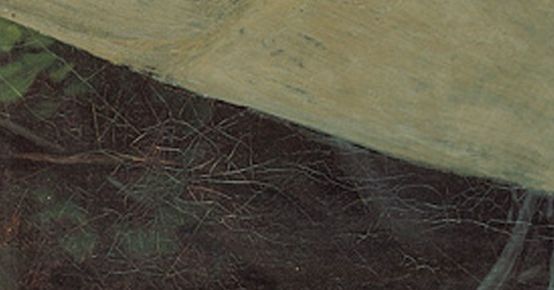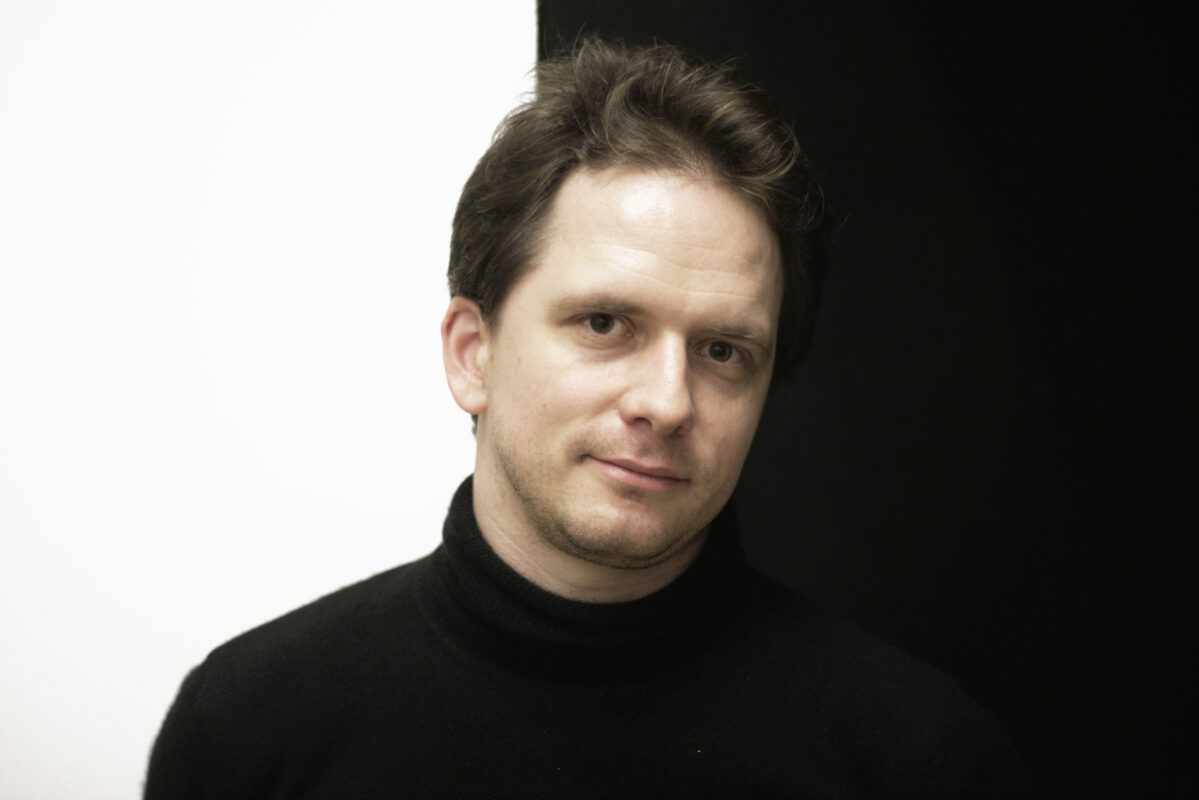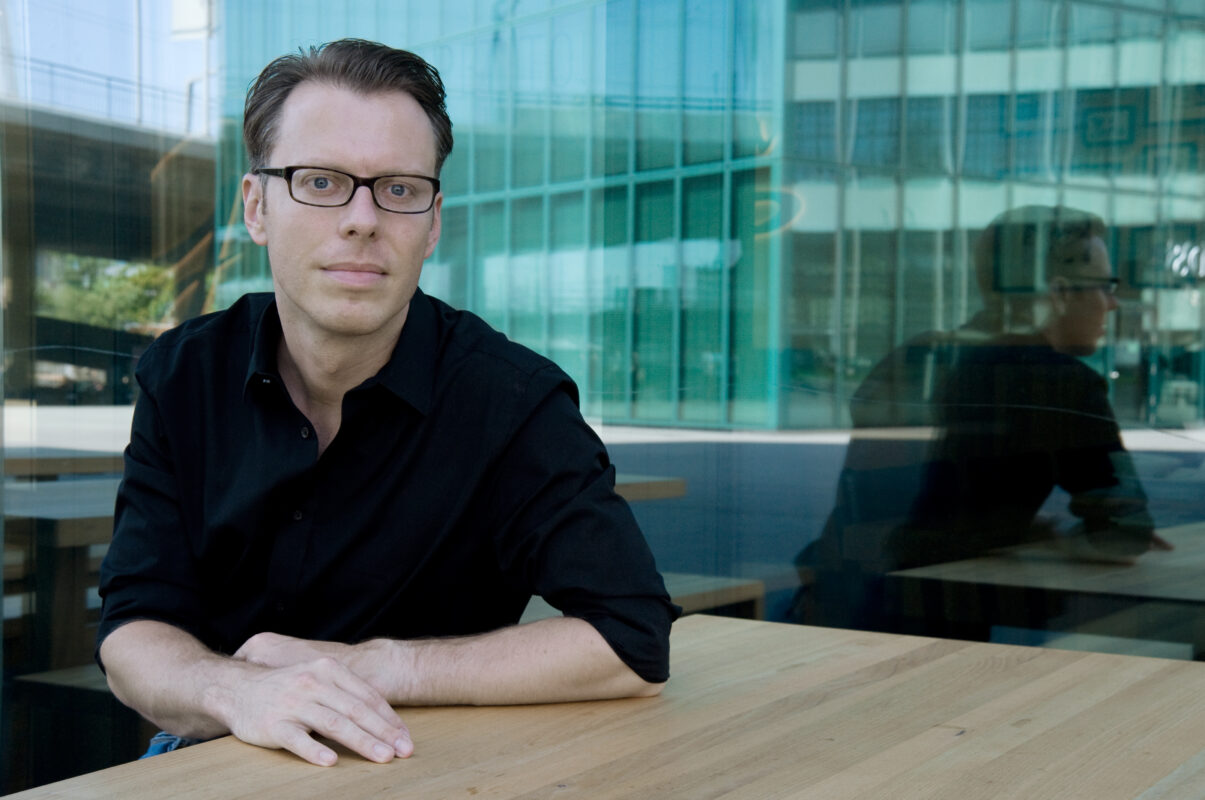Funeral cantata
Every Friday, Beethoven is here. To mark the 250th anniversary of Beethoven's birth, each week the Swiss Music Review will take a look at a different work from his catalog. Today for the cantata on the death of Emperor Joseph II.

Yes, there are works that have slipped through the cracks of history. There are many reasons for this: in the 20th century, it was often political circumstances that led to their disappearance, but before that, other factors played a role: a lack of initial success, unusual instrumentation, poor text... When these scores are unexpectedly discovered or reinterpreted after decades, they are often said to have been "wrongly forgotten". But there's no guarantee that they will ever be included in the repertoire or reach the general public. An iconoclastic question then comes to mind: aren't there also works that have been "rightly forgotten" - for example, early creations or commissions composed for a single occasion?
Be that as it may, the mechanisms of the repertoire do not operate according to strict rules. And this is also true of Beethoven's work, not all of which is known - on the contrary: there is still much to discover, such as the Cantata for the Death of Emperor Joseph II WoO 87 (1790), a work commissioned by the Bonn Lese- und Erholungsgesellschaft, a philanthropic society that still exists today. One of its committee's minutes includes a proposal that "a musical interlude will take place before or after the speech". However, the cantata was not performed, as it is further stated: "for several reasons". Perhaps Beethoven had written a score that was too long (just under three-quarters of an hour), perhaps he had finished it too late (only three weeks had elapsed between the committee meeting and the March 19 commemoration ceremony). In addition, Prince Maximilian, brother of the deceased and Vice-Rector of the Society, had requested an hour's silence during the funeral service.
Beethoven's manuscript was lost without ever having been performed. A copy only reappeared in 1884 and, at the suggestion of Eduard Hanslick, the cantata was performed for the first time at a concert of the Society of Friends of Music in Vienna. Since then, it has remained in the shadows - rightly so? Certainly not, for here we can already hear the outlines of late Beethoven. And it's no coincidence that the master subsequently reused this musical material in other works, including Fidelio.
Aufnahme auf idagio
Keeping in touch
A weekly newsletter reveals the latest column on line. You can subscribe by entering your e-mail address below, or by subscribing to our RSS feed.








